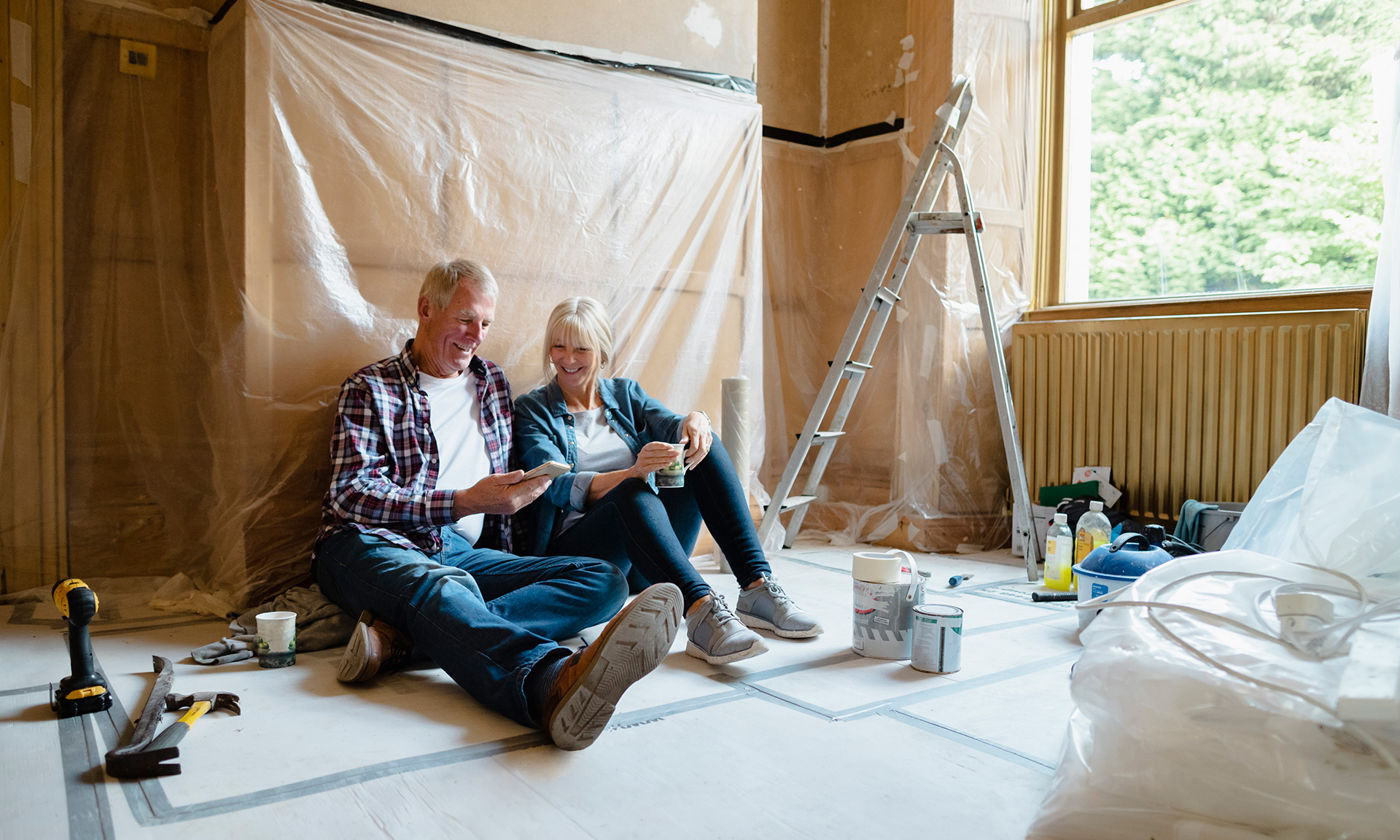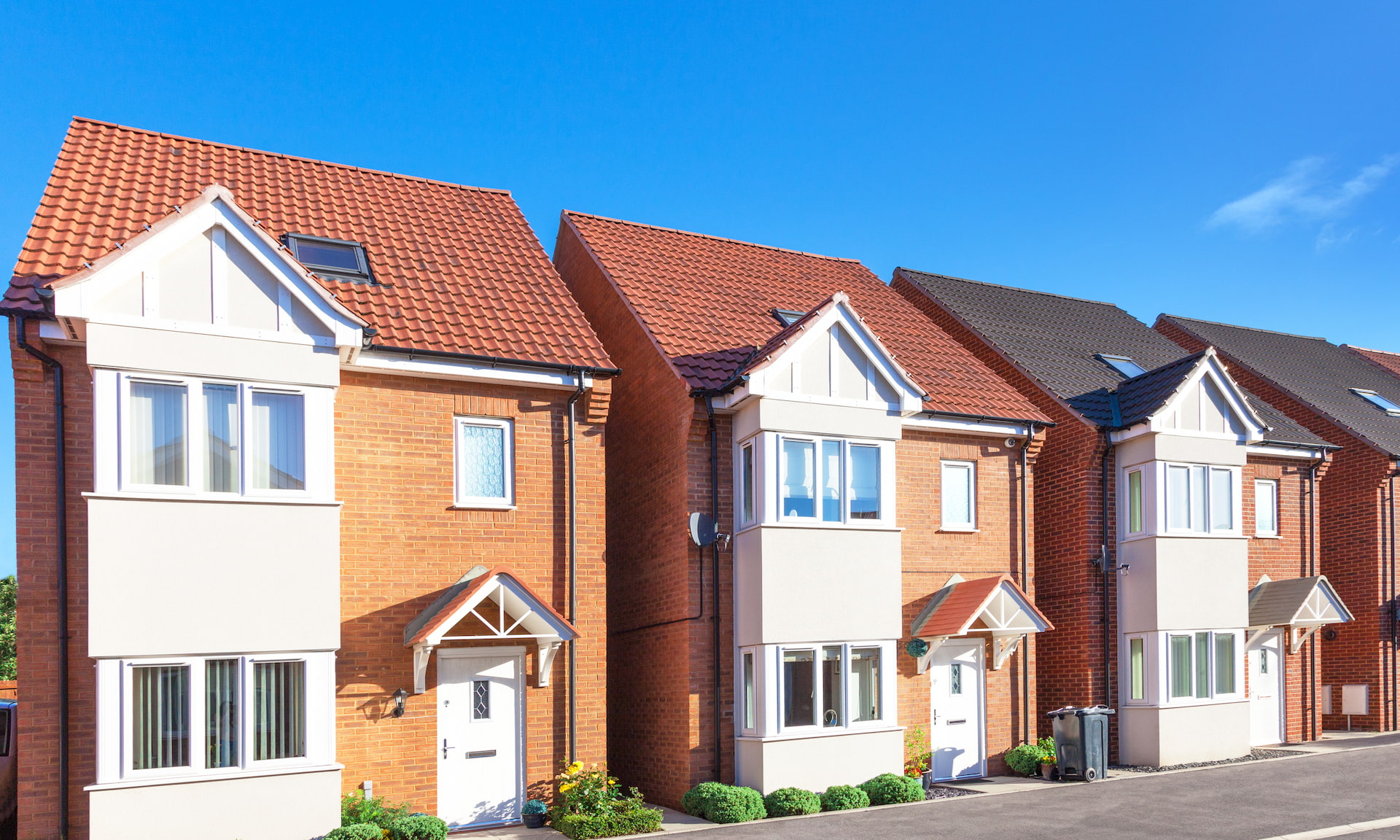
More than half of homeowners are looking to renovate in 2021, but is it a good idea to refinance your mortgage to fund home improvements?
The Covid-19 pandemic has made us re-evaluate what we want from our homes, resulting in a surge of buyers battling for bigger properties with more outdoor space.
But with house prices rising in the wake of the stamp duty holiday, many homeowners are instead focusing on making the most of their existing properties rather than upping sticks.
When it comes to major home improvements, one of the most common questions is around how best to finance them – be it by using savings, taking out a personal loan or credit card, or by remortgaging.
Here, Which? explores whether low mortgage rates mean refinancing your home loan could be a viable way of funding renovations in 2021.
Homeowners look to renovate in 2021
New research by the online mortgage broker Habito found that 62% of homeowners are planning home improvements in 2021.
33% of those looking to renovate say their improvements would be limited to painting and decorating, while 20% plan to remodel their gardens.
A further 18% of homeowners said they would improve their kitchen, while 16% will renovate their bathroom and 8% will consider building an extension.
Remortgaging to pay for home improvements
Major home improvements such as building extensions and remodeling kitchens cost thousands of pounds, so you might need to access some form of credit to fund them.
Habito says a third of homeowners plan to remortgage to fund renovations, but 10% of respondents weren’t aware that it was possible to raise the money this way.
How does remortgaging to borrow more work?
If you have a fixed-rate mortgage, you’ll make the same repayment every month for a set period of time – usually two or five years. At the end of this period, you’ll need to remortgage.
When switching deals, it’s possible to apply for an additional sum, for example to fund home improvements.
There are three key factors that govern whether you’ll be able to borrow extra cash when remortgaging.
The first is the amount of equity you own in your home. For example, if you originally took out a 80% mortgage but have since made two or five years of repayments, you’ll now own more than your original 20% chunk, which could make it easy to borrow more.
The second factor is how much your home has grown in value since you bought it. For example, if the value of your property has grown by £20,000 in the five years you’ve owned it, you’ll have extra borrowing power when you come to remortgage.
Finally, lenders will take your current financial circumstances into account, such as your earnings, job stability and any other debts.
Is it cheaper to remortgage?
Adding the cost of home improvements to your mortgage can be cheaper than other forms of finance such as taking out a personal loan or using a credit card.
The best rates on personal loans are generally around 3% to 4%, but remortgaging rates can be considerably lower. You’ll also be able to repay the amount borrowed over the term of your mortgage, rather than the three or five-year terms common on personal loans.
The rate you’ll get when remortgaging depends on the loan-to-value level you’ll be borrowing at. The best rates currently available on two-year fixes are as follows:
| Loan-to-value | Cheapest remortgaging rate |
| 60% | 1.06% |
| 75% | 1.24% |
| 80% | 1.80% |
Source: Moneyfacts, 24 March 2021.
When is remortgaging to renovate a bad idea?
If the value of your home has increased and you’ve built up a good amount of equity, remortgaging to fund home improvements can be a savvy move.
There are some instances, however, where it might be better financing your renovations a different way.
You’re locked into a long-term fix
The end of your fixed term is the best time to remortgage, as switching deals mid-term can be very expensive.
For example, if you have a five-year fix, you might find that it comes with high early repayment charges.
These charges reduce the longer you have the deal, but can be as much as 5% of the mortgage balance in the first year.
If you’re mid-deal and want to explore your options, it’s worth contacting your lender to ask whether it can offer an additional sum.
In this instance, there’s no guarantee that any extra borrowing will be at the same rate as the rest of your mortgage, so make sure you weigh up alternatives before proceeding.
You’ll be stretching your finances
If you have a high loan-to-value mortgage (for example 90% or 95%), a couple of years worth of repayments won’t have made a significant dent into the balance or given you long enough to build up much equity.
If this is the case, you may struggle to borrow more when remortgaging, or you may find it pushes you on to a more expensive rate.
In these circumstances, it may be best to hold off for a while or find an alternative way of funding your renovations.
You’re renovating to boost value in the short term
There are lots of reasons to renovate your home, but if you’re going to spend thousands of pounds on improvements, it’s important to ensure doing so will add to the value of your property.
If you’re improving with the intention of selling your home within a couple of years, consider whether renovating the property really makes financial sense.
Spending a large sum (and taking on more debt) in an attempt to increase a property’s value ahead of a sale is a gamble – and won’t necessarily give the uplift you hope for in the short term.
Better deals for green home improvements
If you’re looking to make energy efficient improvements to your home, it’s worth investigating whether you can obtain a cheaper mortgage rate.
Earlier this week, Nationwide announced it would cut its rate on ‘Green Additional Borrowing’, allowing customers to borrow an additional £5,000 to £25,000 for energy-efficient improvements at a rate of as little as 0.75%.
Nationwide isn’t the only lender to offer green mortgage deals, with Barclays and Natwest also offering cheaper rates for people with energy-efficient homes.
Advice on home improvements
If you’re planning on improving your home this year, we’re here to help.
For example, our kitchen ideas guide is the first port of call for design inspiration, while our guide to kitchen costs will help you ensure the numbers add up.
You can also take a look at our step-by-step guide to loft conversions or our advice on how to buy the best garden room if you want to add extra space to your home.
Finally, why not check out Which? Trusted Traders to find a reliable trader to bring your home improvement project to life.



